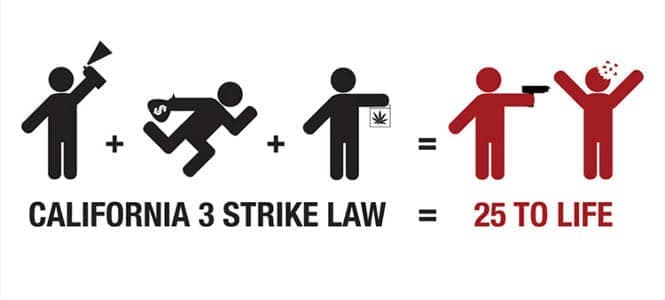Studies Dispute Claims of 50% Crime Reduction from "Three Strikes" Laws, Citing Modest Impact and High Costs

A recent social media post by Arthur MacWaters asserted that implementing a "3-strikes rule" would "eliminate 50+% of all crime" and "more than halve crime" by preventing repeat offenders from being released. This strong claim suggests a direct and significant causal link between such laws and crime reduction. However, extensive research and policy analyses largely contradict this optimistic outlook, indicating that the effectiveness of "Three Strikes" legislation in dramatically lowering crime rates is highly debated and often found to be modest at best, while incurring substantial costs.
Studies examining the impact of "Three Strikes" laws, first widely adopted in the mid-1990s, reveal a complex picture. Many analyses, including one from Longwood University, conclude that such policies are "an ineffective means of reducing violent crime." Researchers often categorize these laws as "crime control theater," suggesting they create the appearance of addressing crime without significant empirical success, largely driven by moral panic and appealing to mythic narratives rather than data.
The financial and societal costs associated with these laws are considerable. Reports from the California Legislative Analyst's Office highlight increased prison populations, with a significant portion of "strikers" incarcerated for non-violent offenses. This leads to substantial operational costs, aging inmate populations requiring more expensive healthcare, and increased burdens on courts and local jails due to more cases going to trial.
California's "Three Strikes" law, notably broader than those in other states, has incarcerated over 100,000 individuals since its 1994 enactment, often for non-violent felonies. Despite this extensive application, studies indicate that its crime reduction effects are not dramatically greater than those observed in states with more narrowly defined "Three Strikes" policies. The decline in crime rates in the 1990s often preceded the implementation of these laws, making direct attribution challenging.
The debate also centers on whether these laws primarily deter crime or merely incapacitate offenders. While some instrumental offenses like robbery and burglary have shown slightly faster declines in "Three Strikes" states, the overall impact is often not as pronounced as proponents suggest. Some research even points to a potential unintended consequence of increased homicide rates, as offenders facing life sentences may become more desperate to evade capture.